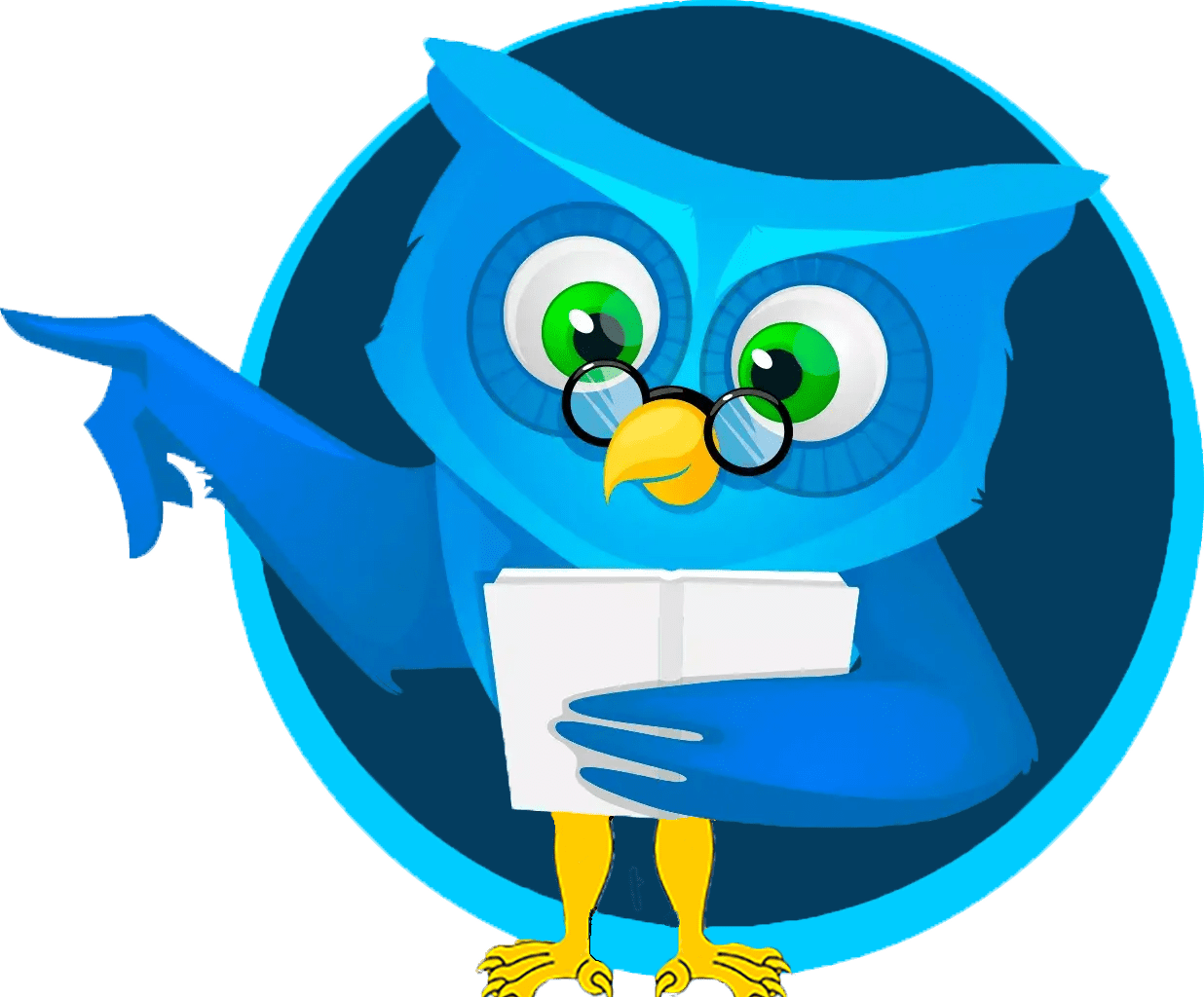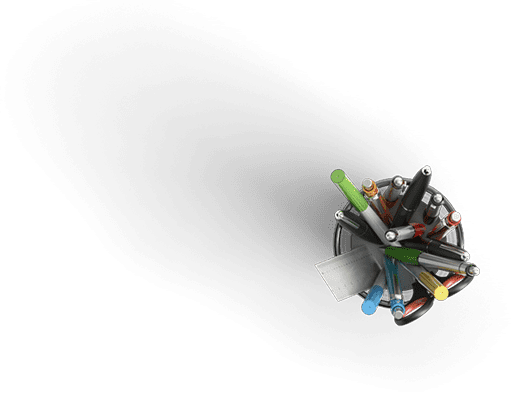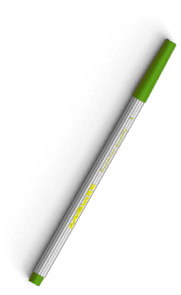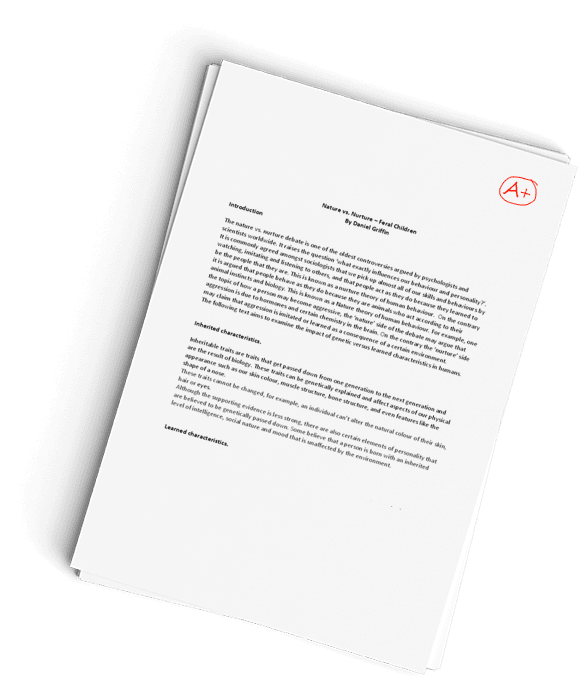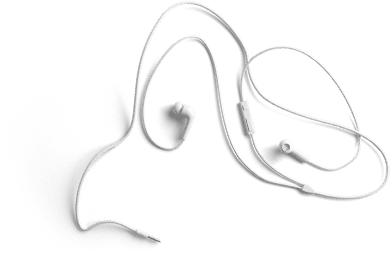AIU City Township School District Organizational Development Discussion
Question Description
What are the various types and sources of conflict in this case study? What do you see as the OD’s role in managing conflict? What would be the most effective ways to address these conflicts? How might different conflict management styles affect the outcome of the conflicts?
What are some possible interventions for addressing the problems?
Conflict is natural and arises across all situations, whether personal or professional and has many causes. Conflict can be caused by miscommunication, differences of opinions, limited resources, or different objectives (Kilmann Diagnostics, 2014). In the current scenario, City Township School District has adopted new policies that will reduce educational programs like physical education, art, and core classes like reading, writing, and math. In response, parents are upset that their children are not receiving their basic educational rights and are threatening to remove their children from the schools in the district. This would cause City Township to lose funding which could lead to layoffs and school closures. In this scenario, conflict appears to be arising from differences in opinions, objectives, and limited resources. The City Township has an objective to not offer certain programs as there is an abundance of charter schools now offering the same and more. They may see this as a way to save on costs. Conversely, the parents’ opinions are that the City Township has an obligation to provide these core programs, regardless of what the charter schools are offering. These differences in opinions are leading to threats that could affect the City Township on a larger scale if they lose funding.
A core competency of the OD professional is to be able to manage the inevitable conflict that arises within an organization or between them (Rothwell, 2015). Viewing conflict and resistance as part of the process is key. Conflict can be seen as an opportunity to get opposing parties in the room to dialogue and find common ground (Collaborative Growth, 2010). A first step to address conflict is awareness (Kilmann Diagnostics, 2014). The consultant has to be aware of the type and source of conflict to be able to address it effectively. Another step is using measurements to learn where the team is at as far as conflict management styles and levels of emotional intelligence that can influence how well or poorly someone can handle conflict (Collaborative Growth, 2010). A strategy a consultant can implement is administering assessments that can help a team discover their conflict management style and their level of emotional intelligence (Trippe & Baumoel, 2015). Assessing teams provides a baseline for where they are at currently and a focus of where to go moving forward (Collaborative Growth, 2010). Conflict arises when divergent thinking emerges and differences of opinion threaten to shut down communication. The goal of the consultant is to get teams to hear and consider ideas that are different rather than viewing them as a threat. Interventions that promote listening with respect and engagement help the team get to convergent thinking, where they agree upon a path forward after considering all the ideas, concerns, and opinions (Collaborative Growth, 2010). To build conflict resolution, it starts with building a positive mood among team members and increasing emotional awareness. This can be achieved with measurements that help people determine where they are high in emotional awareness or could benefit from increasing it.
Also, understanding individual conflict management styles will help the team build towards conflict resolution (Kilmann Diagnostics, 2014). Knowing which style someone responds to conflict with will help the consultant facilitate a deeper understanding of conflict management for the team. People react to conflict with varying degrees of assertiveness versus cooperativeness. Some people will lean towards their own self-interests in conflict while others will seek to cooperate for the greater good. This is also dependent on the situation and whether the person in that scenario values the outcome more than the relationship (Trippe & Baumoel, 2015). The OD consultant can promote each person discovering and knowing their style and taking ownership of their conflict tendencies and then coming together to view the problem through a new lens. Also, the people involved will benefit from knowing the other styles and in what situations a different style might be more helpful (Kilmann Diagnostics, 2014). Similarly, understanding what is important to each person can help in conflict resolution. For instance, if some of the school district management values the relationship with the parents in the community more than saving costs, their style might be more collaborative and compromising as they seek a resolution. Ultimately, the goal of the consultant should be to understand what the conflict is and where it is coming from, and then seek to help others gain an awareness of their conflict style, which facilitates respect and engagement on all sides when emotional awareness is increased.
References
Collaborative Growth. (2010). Marcia Hughes discusses emotional intelligence in conflict resolution [Video file].
Kilmann Diagnostics. (2014). TKI whiteboard animation [Video file].
Rothwell, W. J. (2015). Organization development fundamentals: Managing strategic change. Alexandria, VA: ATD Press.
Trippe, B., & Baumoel, D. (2015). Beyond the Thomas–Kilmann model: Into extreme conflict. Negotiation Journal, 31(2), 89–103. https://doi.org/10.1111/nejo.12084
Have a similar assignment? "Place an order for your assignment and have exceptional work written by our team of experts, guaranteeing you A results."

